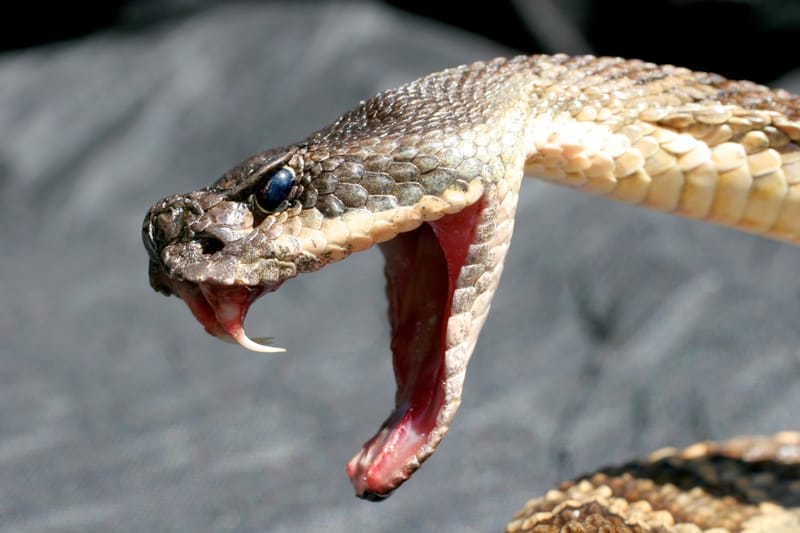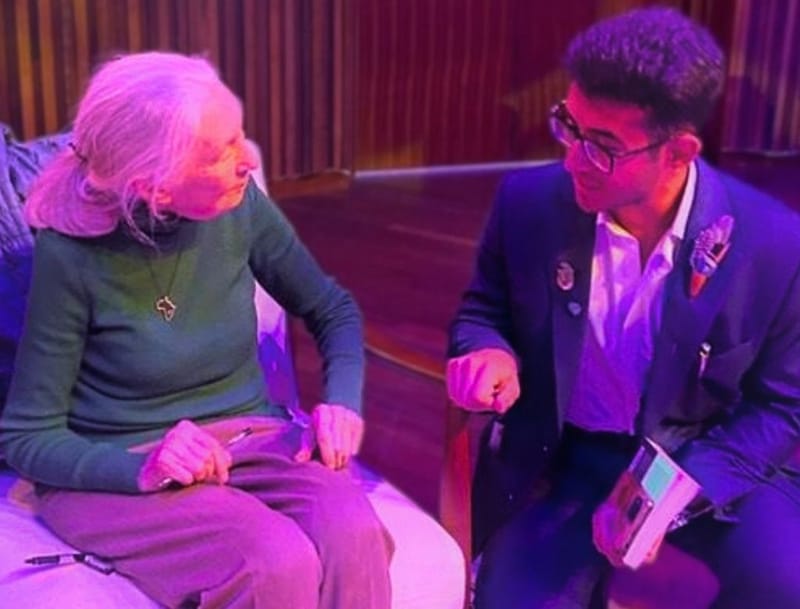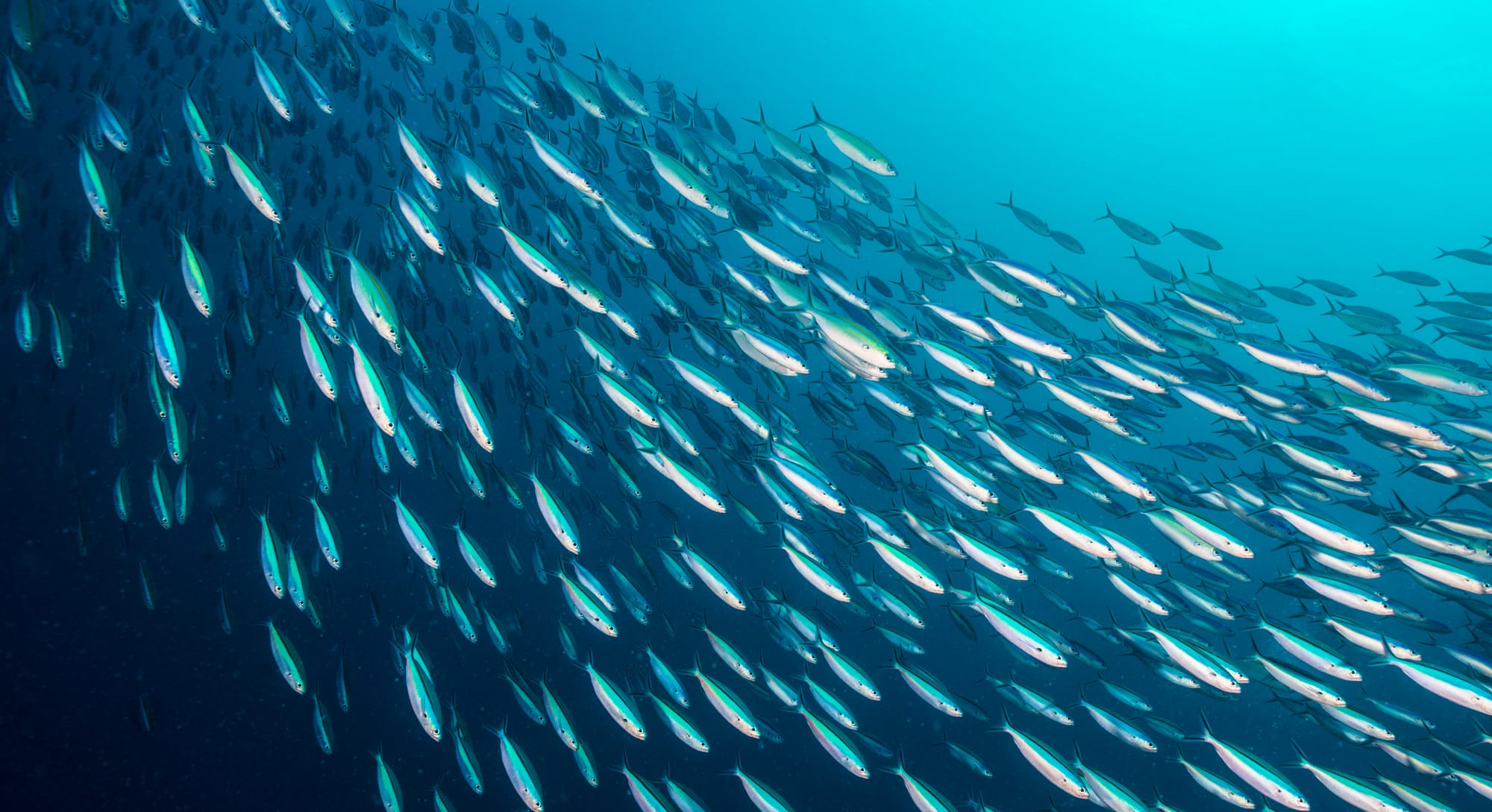
We're taking too many fish out of the sea, because for the past 60 years our assumptions about how much effort fish put into breeding have been wrong. As it happens, the Monash researchers who made this discovery were seeking to answer a more basic question: why are some animals big and others small?
It's one of those questions we all think we know the answer to, but nobody actually does, says Monash's Professor Dustin Marshall.
“It's weird how little we understand about something as fundamental as size or growth,” he says. “We don’t really know, for instance, why a mouse is small and an elephant is big.” Ideas about animal size have barely changed over the past century, he says, and “are probably based on assumptions that are wrong”.
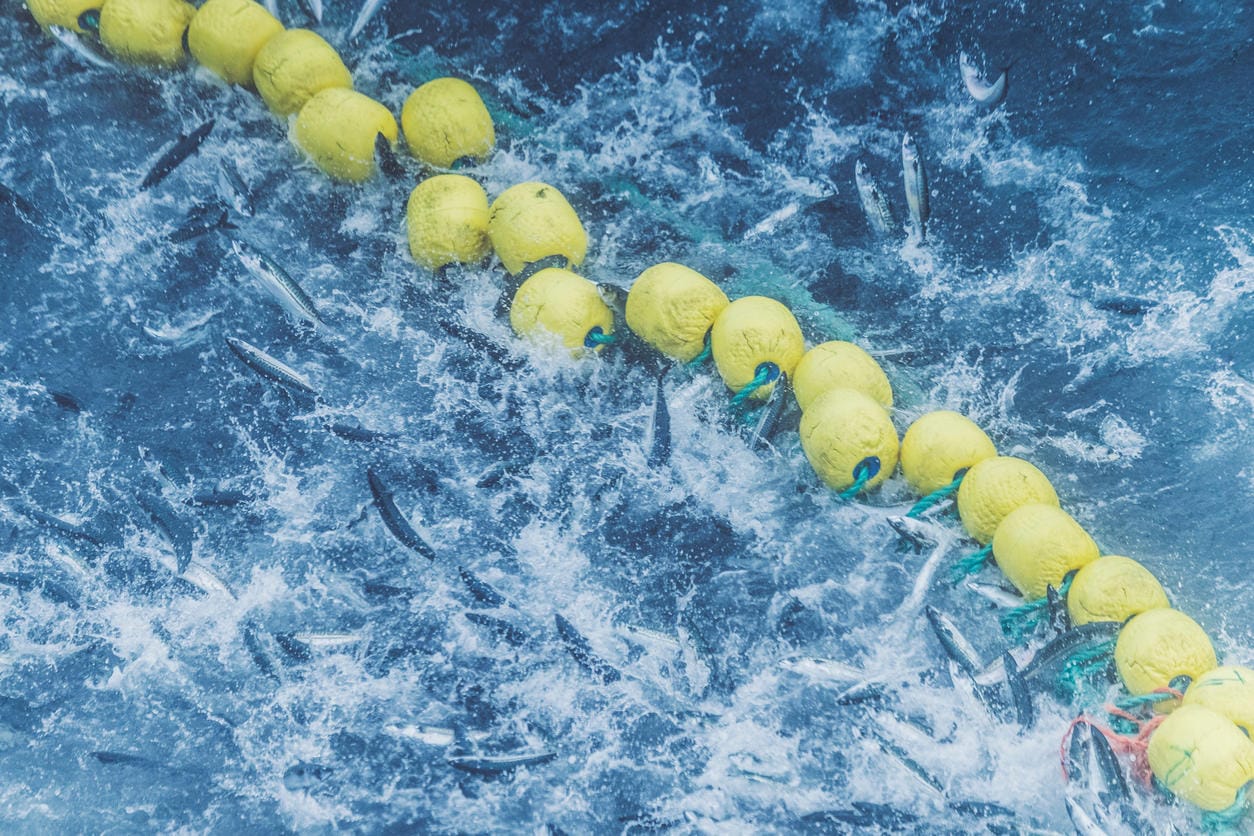
Professor Marshall’s curiosity about animal size led to the establishment of the Monash Centre for Geometric Biology in 2015. As far as he's aware, it's the only centre in the world dedicated to understanding how and why organisms end up the size and shape they do.
The centre’s investigations may sound rudimentary, but they're set to have profound real-world consequences for the world’s fisheries. He says the research into fish size was prompted by a phenomenon that's little-known outside the scientific world.
Everything that we intensely harvest is getting smaller.
“Everything is getting smaller,” he says. At the same time, what's causing creatures to shrink is only partly understood.
“Humans are the only things that are getting bigger,” says Professor Marshall, who's 1.93 metres tall in his socks.
“For example, fish are getting smaller worldwide, and there are two reasons for that. One is that fishing repeatedly removes the bigger fish, and so they're evolving to be smaller in response. If they're never going to get a chance to reproduce when they're seven years old, it’s better to reproduce when they're five years old.
Everything that we intensely harvest is getting smaller.
“The other thing is that when you raise the temperature, like we are, things are also maturing at a smaller size … That includes even single-celled organisms, like algae and phytoplankton that make up the basis of the food chain – they're getting smaller.”
In 2011, Monash researchers from the School of Biological Sciences published a paper, Body size decline: a third universal response to warming?, suggesting that climate change was causing creatures to shrink.
“Why it’s happening is still controversial, but there are all sorts of reasons to believe that there will be consequences due to these changes,” Professor Marshall says.
“So, for example, phytoplankton capture and store half the carbon on the planet. When phytoplankton die, they sink to the bottom and eventually become oil. Changing their size changes their sinking rate, so that changes the rate at which carbon is transported to the deep sea and stored there …”
He says that by understanding what determines creature size we might have a way of predicting – and possibly even preventing – catastrophic ecological consequences down the track.
Most creatures have rapid growth spurts and then slow down and stop.
Professor Marshall is a life history theoretician, which means he's interested in the trade-offs organisms make at different stages in their life to maximise their chances of survival and reproduction.
He's also the head of Monash University’s Marine Evolutionary Ecology Group. He was dissatisfied with the standard physiological explanation that says a creature’s growth stops because there are physical limits to the size things can be while still working effectively.
“I think things are the size they are because it's probably the best size for them to be,” he says. “Physiologists think things are the size they are because that's the only size they can be.”
At the Centre for Geometric Biology, Professor Marshall and his fellow researchers wanted to look more closely into the relationship between size and reproductive capacity: how does diverting resources into reproduction affect growth and adult size?
Field work in the sea
To explore this question, they spent two years analysing 10,000 measurements, recording the relationship between fish size and fish reproductive output.
The multilingual team examined Spanish, English and Portuguese records. And an Australian researcher, Ross Robertson, who works at the Smithsonian Institute in the US, gave the team unpublished data on the egg output of fish that he'd been gathering for 20 years. By the end of their exhaustive analysis, the team realised that the assumptions governing how fish are harvested were wrong.
Sixty years ago, the foundations of fisheries science were laid down by Ray Beverton and Sidney Holt, who, in 1957, published On the Dynamics of Exploited Fish Populations.
“Beverton was a genius,” says Professor Marshall. “He asked, what is the most fish we can take without crashing the fishery?”
The answer was a mathematical equation that calculated how many fish could be caught while allowing the population to bounce back.
But the equation had a flaw – it wrongly assumed that “10 kilos of fish produced the same amount of fish, regardless of whether it was composed of one 10 kilo-fish, or 10 one-kilo fish”.
Professor Marshall’s research, recently published in Science, found that one big fish produces many more eggs than several smaller fish. This means that the practice of setting size limits in fisheries doesn’t go far enough, because too much production is still being removed to sustain the fishery.
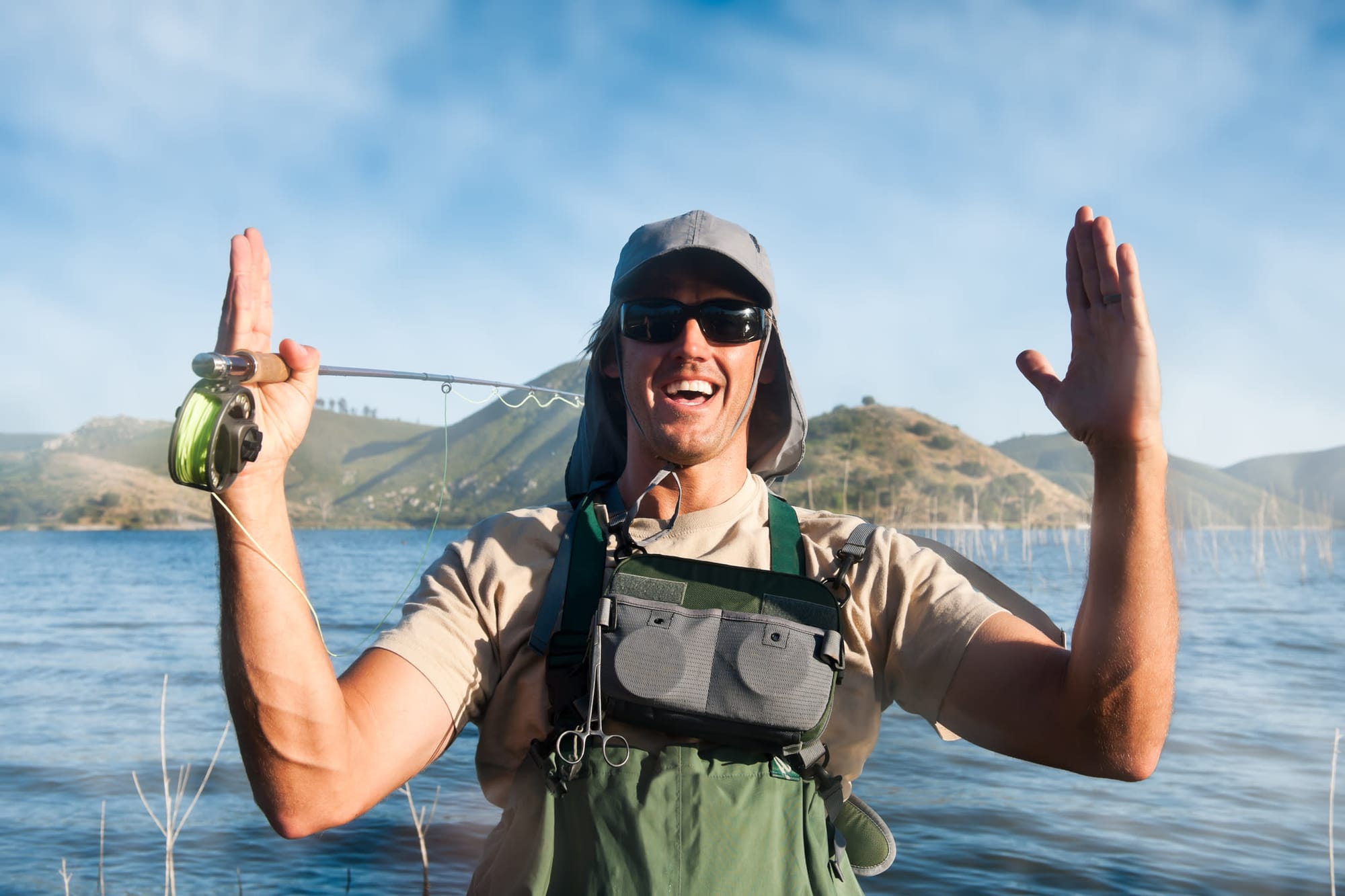
“Beverton was working with pen and paper – this was before computers – and he didn’t know enough about the size distribution of fish,” Professor Marshall says. “So he made a simplifying assumption that he had to make, back in the day.” Also, when Beverton was working in the 1950s, fish were larger – and therefore more productive – than they are today.
In the years since Beverton and Holt published their book, some scientists questioned their assumptions – including Tara Marshall (no relation to Professor Marshall), a Canadian researcher with an interest in cod.
In 1998, she found that Beverton’s equations didn't apply to cod – with larger cod producing up to 400 times as many eggs as smaller cod.
“I think – and I’m just guessing here – that everyone went, well this would change everything, let’s just go with what we’ve got for now, because cod is maybe an exception,” Professor Marshall says.
Twenty years later, the Monash research has found that Tara Marshall’s finding applies to most fish species.
Sad to say, all the fisheries that follow Beverton’s assumptions are overharvesting by “between 40 to 80 per cent”, Professor Marshall says. Assumptions about the catch, even in the best-managed international fisheries, will have to be re-examined. To stop the remaining fisheries from crashing, the simplest course will be to reduce the catch. Action is necessary to protect the wildlife in the sea, and the 20 per cent of the world’s population who rely on fish for their protein.
But there's a silver lining to this story, he says.
The research suggests that the benefits of marine protected areas have been “wildly underestimated”.
“We've just been doing the math now for a follow-up paper, which shows that one acre of marine protected area is worth up to 200 to 300 acres of fished area, depending on the ratios. Because the fish are bigger, they're far more reproductive and they release far more babies. So the benefits of a marine protected area are meant to be that you get all this spillover from that place into everywhere else – it turns out we've been underestimating that spillover.”
When Professor Marshall eats fish, which he still does occasionally, he tries to aim for the most sustainable varieties – he avoids long-lived deep-sea fish, or high trophic level varieties such as tuna and kingfish. The Australian Marine Conservation Society publishes a guide to sustainably sourced fish, and the names they're likely to go under in the marketplace.
In this story on big and little fish, there's a new equation we can all embrace: more big fish = many more little fish.



